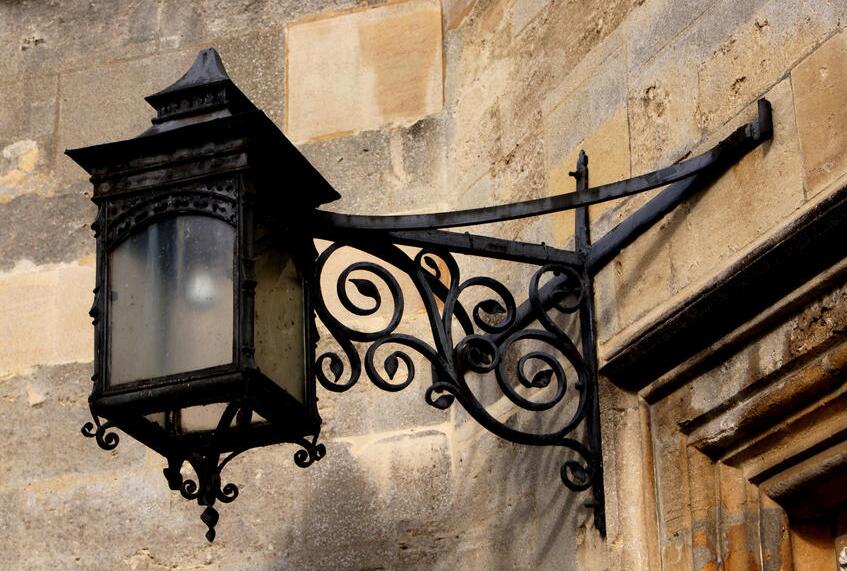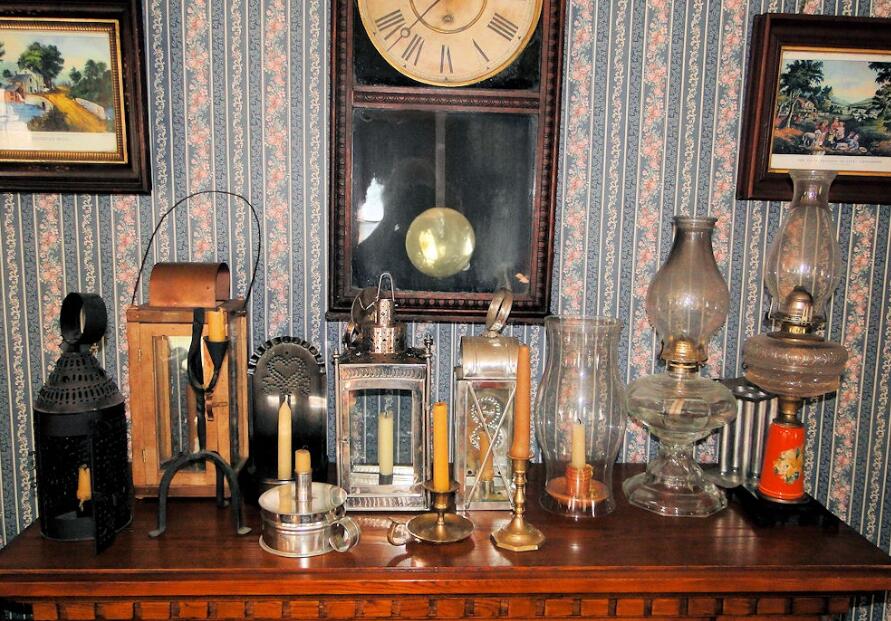Medieval lamps were made from a variety of materials, each with its own unique characteristics and qualities. The most common materials used in Medieval lamps were wrought iron, brass, and copper.
In addition to the materials used in their construction, Medieval lamps were also often finished in a variety of decorative techniques. These techniques included patinas, which give the metal a greenish-brown color, rustic finishes which replicate the look of aged metal, and antiquing which gives the metal a weathered, aged look.
When creating Medieval lamps, it is important to select materials that are strong and durable, as well as finishes that are both aesthetically pleasing and authentic to the period. By doing so, you can create beautiful and functional lighting fixtures that evoke the timeless elegance of Medieval design.
Shedding Light on Popular Medieval Lamp Materials
During the Medieval period, lamps were made from a variety of materials, including iron, bronze, brass, and copper. These materials were chosen for their unique characteristics and benefits.
1. Iron
Iron was the most commonly used material for Medieval lamps. This is because it was readily available and affordable, making it easy to source and work with. Iron lamps were also highly durable and could withstand the rigors of daily use. They were commonly shaped by heating and bending to create simple, elegant designs.
2. Bronze
Bronze was another popular material used for lamp-making. It was prized for its malleability, which allowed craftsmen to create intricate designs and details. It was also highly resistant to corrosion, making it ideal for use in damp environments such as churches and castles.
3. Brass
Brass was a valued material because of its resistance to tarnishing and ability to mimic gold’s appearance. It was often used to create decorative, ornate lamps that featured intricate designs and patterns.
4. Copper
Copper was used to make smaller lamps that could be easily carried around. It was highly prized for its warm glow, perfect for use in smaller spaces. Copper lamps were also valued for their beauty and were often decorated with intricate patterns and designs.
Popular Finishes Used in Medieval Lamps Example
In addition to the materials used to create Medieval lamps, a wide range of finishes were employed to give lamps a unique look and feel. Here, we will explore three of the most commonly used finishes: patina, rustic, and antiqued.
1. Patina
Patina is a finish that has been used for centuries to give metal surfaces a layer of color and texture that comes with age. During the Medieval era, patinated brass or copper lamps were particularly popular in churches and cathedrals, where they were used to create a warm, inviting atmosphere. The patina finish was achieved by exposing the metal to corrosive substances, such as vinegar or ammonia, which would create a layer of oxidization over time.
Characteristics: Patina finishes can range from subtle green or brown hues to more dramatic, multi-colored effects. They add depth and character to metal surfaces, giving lamps a more weathered, vintage look. Patina also serves to protect the metal from further corrosion, making it an ideal finish for lamps used in damp environments.
Examples of patina finishes in lamps: A good example of a patina finish in a Medieval lamp is the Verona Lamp, which features a beautifully patinated brass finish that gives the lamp an old-world charm. Another example is the Iron Table Lamp, which has a rust-colored patina finish that complements its simple, elegant design.
2. Rustic
Rustic finishes were popular in the Medieval period because they replicated the appearance of aged, weathered metal. The technique was achieved by exposing the surface of the metal to acids or other corrosive substances, then rubbing away the resulting rust to create a distressed, textured look.
Characteristics: Rustic finishes can vary from lamp to lamp, but they often have a rough, textured appearance that is reminiscent of natural materials like stone or wood. They can feature a range of colors, from natural, rusty hues to darker, patinated tones.
Examples of rustic finishes in lamps: The Rustic Annabelle Table Lamp is a great example of a Medieval-style lamp with a rustic finish. It features a distressed metal finish that gives the lamp a rugged, natural look. The Rustic Iron Orb Table Lamp is another good example, which features a simple, rustic design and a rough, textured finish.
3. Antiqued
Antiqued finishes were used during the Medieval period to give metal surfaces an aged, weathered appearance. This technique involves artificially aging the metal surface by exposing it to corrosive substances like acid or salt, then treating it with chemicals to produce a patina or rusted finish.
Characteristics: Antiqued finishes can give lamps a strongly vintage look by creating a multi-layered, textured surface that replicates time’s natural wear and tear. The effect can also create a sense of depth and dimension, adding an extra element of interest to the design.
Examples of antiqued finishes in lamps: The Distressed Metal Table Lamp is a great example of an antiqued Medieval-style lamp. It features an aged look with darkened corners and distressed metal that creates a sense of character. Another good example is the Antiqued Brass Table Lamp, which features a beautifully distressed base and stem with a light, natural patina.
Conclusion
In conclusion, Medieval lamps were diverse and creative in their use of materials and finishes. Iron, bronze, brass, and copper were the most commonly used materials, each offering unique benefits and characteristics. Patina, rustic, and antiqued were popular finishes, adding depth and character to lamps.


